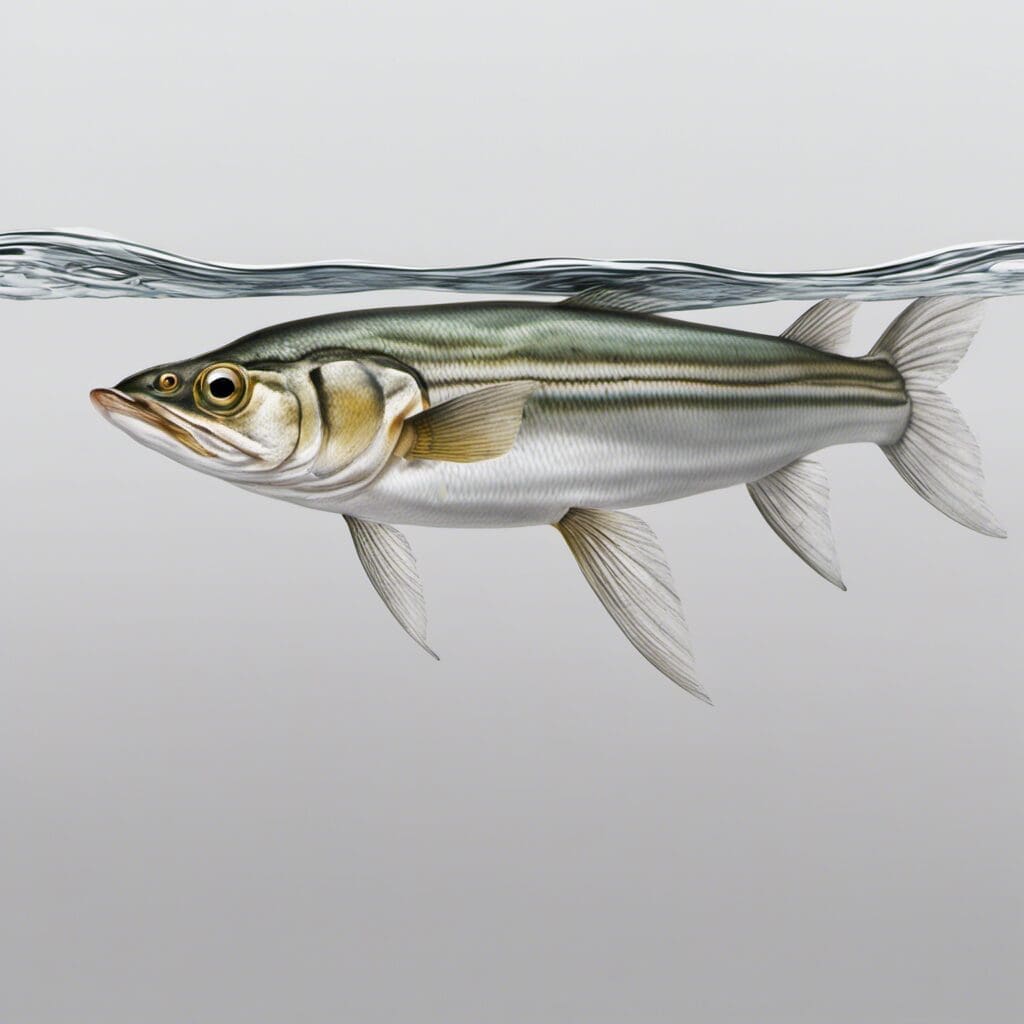Introduction
The Surf Smelt, scientifically known as Hypomesus pretiosus, is a unique species of fish belonging to the family Osmeridae. This small, schooling fish is native to the Northeast Pacific Ocean and is a vital part of the marine food chain.
Conservation Status
As of now, the International Union for Conservation of Nature (IUCN) does not evaluate the Surf Smelt’s conservation status. However, local conservation efforts are in place in several regions to protect their habitats due to their crucial role in local ecosystems.
Statistics
| Statistic | Average | Range |
|---|---|---|
| Length | 15 cm | 10-20 cm |
| Weight | 60 gm | 40-80 gm |
| Average Lifespan | 3 years | N/A |
Distribution
Surf Smelt are found along the Pacific coast of North America, from the Aleutian Islands in Alaska down to Baja California in Mexico. They don’t typically migrate but remain within a localized area throughout their lives.
Habitats
Surf Smelt thrive in saltwater, preferring shallow waters close to shore. They are found at depths ranging from the surface to 30 meters, in temperatures between 10-15 degrees Celsius.
When and Where to See
Surf Smelt can be observed throughout the year, particularly during high tide when they spawn on sandy and pebbly beaches.
Best Fishing Locations
List of top fishing locations for Surf Smelt:
- Aleutian Islands, Alaska
- Puget Sound, Washington
- Northern California coast
- Monterey Bay, California
- Gulf of the Farallons, California
Tips for Fishing
Look for them in shallow, clear waters especially during high tide. Cast your line from the shore or a boat close to the shore, near sandy beaches.
How to Catch
Surf Smelt are commonly caught using fly fishing techniques, with small flies or worms as bait. The best time to catch Surf Smelt is during their spawning period at high tide.
Identification Guide
Surf Smelt are slender fish with a bluish-green back and silvery sides. They have a distinctively forked tail and a small adipose fin. They differ from similar species in their smaller size and distinct color pattern.
Culinary
Surf Smelt are considered a delicacy in many cultures, known for their rich, buttery flavor. They can be fried, grilled, or even eaten raw in traditional sushi dishes. They are a good source of protein and omega-3 fatty acids.
Additional Information
Surf Smelt are omnivorous, feeding on small crustaceans, fish larvae, and plankton. They are a prey species for seabirds, larger fish, and marine mammals. Despite their small size, Surf Smelt have a significant cultural and ecological importance, particularly in Native American communities on the Pacific coast.
References and Further Reading
- Kato, S., (1960), The life history of the Surf Smelt. Department of Fish and Game, Fish Bulletin p.244.
- Love, M., (2011), Certainly more than you want to know about the fishes of the Pacific Coast.
- Pacific States Marine Fisheries Commission, www.psmfc.org.

